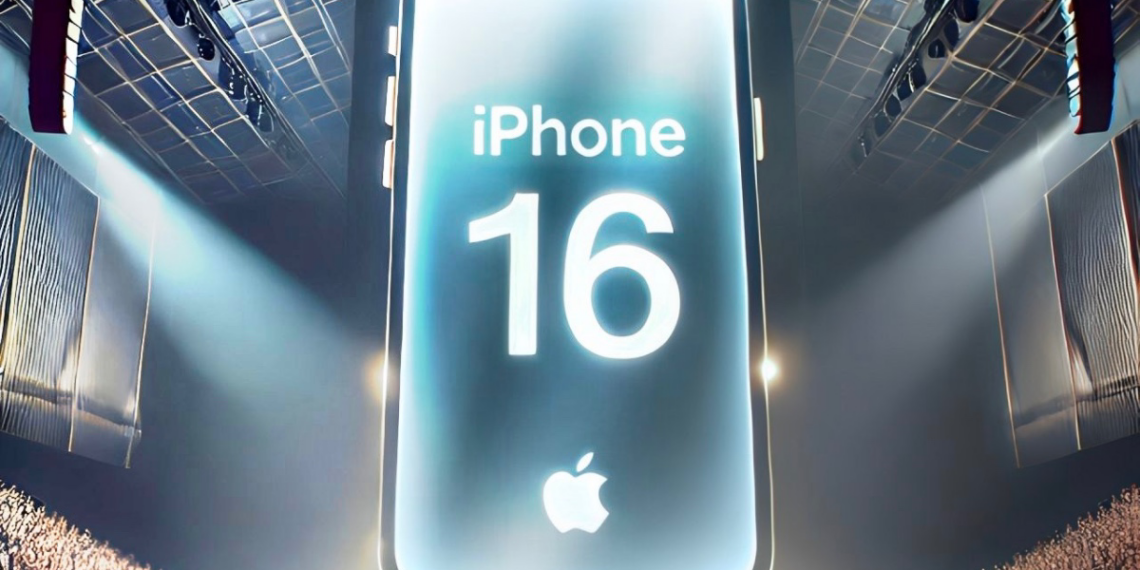Apple’s recent quarterly results reveal a 5.5% increase in iPhone sales, reaching $46.22 billion, exceeding analyst expectations of $45.47 billion.
This growth is attributed to the strong initial performance of the new Apple iPhone 16 series, which debuted on September 20, just a week before the end of the fourth quarter.
CEO of Apple, Tim Cook noted that early sales of the iPhone 16 outpaced those of the iPhone 15 during a similar timeframe, a positive reception to Apple’s latest product.
However, despite this encouraging news, the company’s overall revenue for the fourth quarter came in at $94.93 billion, slightly above the anticipated $94.58 billion.
Earnings of $1.64 per share, excluding a one-time tax charge, also surpassed expectations of $1.60 per share. Nevertheless, Apple’s stock saw a decline of 1.4% in after-hours trading, revealing investor doubts, particularly regarding disappointing sales figures in China, which fell short of forecasts.
Apple’s Chief Financial Officer, Luca Maestri, disclosed a cautious outlook for the upcoming fiscal first quarter, forecasting revenue growth in the low to mid-single digits. This contrasts sharply with analysts’ expectations of a 6.65% growth to approximately $127.53 billion.
Again, while Apple anticipates double-digit growth in its services sector, which includes services like iCloud and Apple Music, questions were raised about the potential decline in hardware revenue.
China’s market remains a focal point of concern, with analysts like Tom Forte from Maxim Group highlighting the risk of continued weak sales in the region.
Apple executives did not provide specific insights into the iPhone’s performance in China or comment on when the new AI features would be made available in the country, further intensifying investor apprehensions.
With these challenges, Apple is actively pursuing an aggressive AI strategy, integrating AI capabilities into its latest operating systems.
Cook confirmed that users are adopting the new iPhone operating system, which includes enhanced AI features, at double the rate seen in the previous year.
However, not all promised features have been launched, which has led to speculation regarding potential delays in device upgrades by consumers.
Capital expenditures also saw an increase, climbing by $2.91 billion from the previous quarter to $9.45 billion. This rise reiterates Apple’s focus on infrastructure, though the company continues to leverage third-party data centres for certain AI functions, focusing on maintaining privacy and security through its own in-house chips.
In other segments, Apple faced challenges as sales in its services business fell short of expectations at $24.97 billion, below the $25.28 billion forecast. Added to this, Mac and iPad sales of $7.74 billion and $6.95 billion, respectively, did not meet analyst projections.
Sales in the home and wearables division, encompassing products like the Apple Watch and AirPods, also dipped to $9.04 billion, missing estimates of $9.2 billion.






